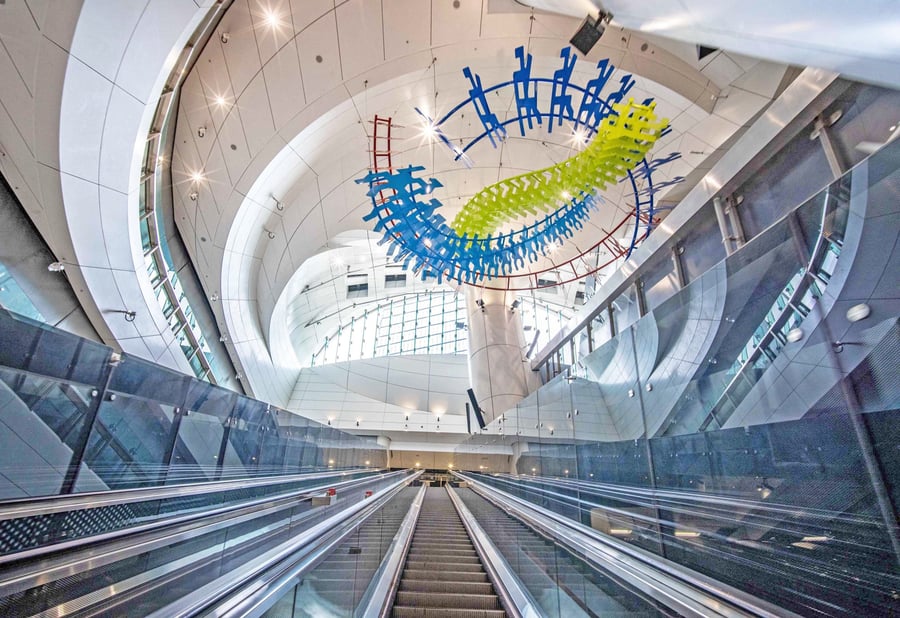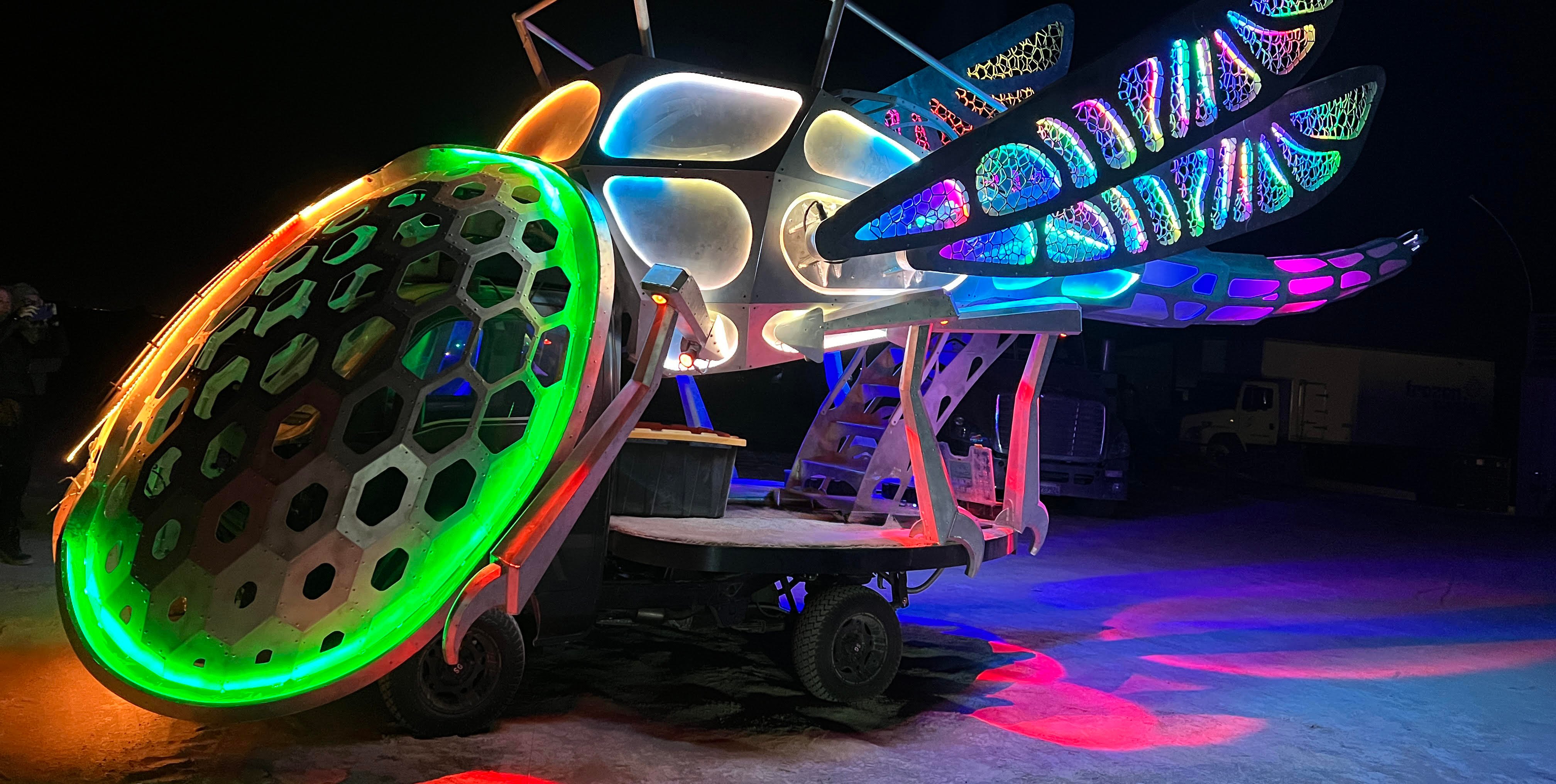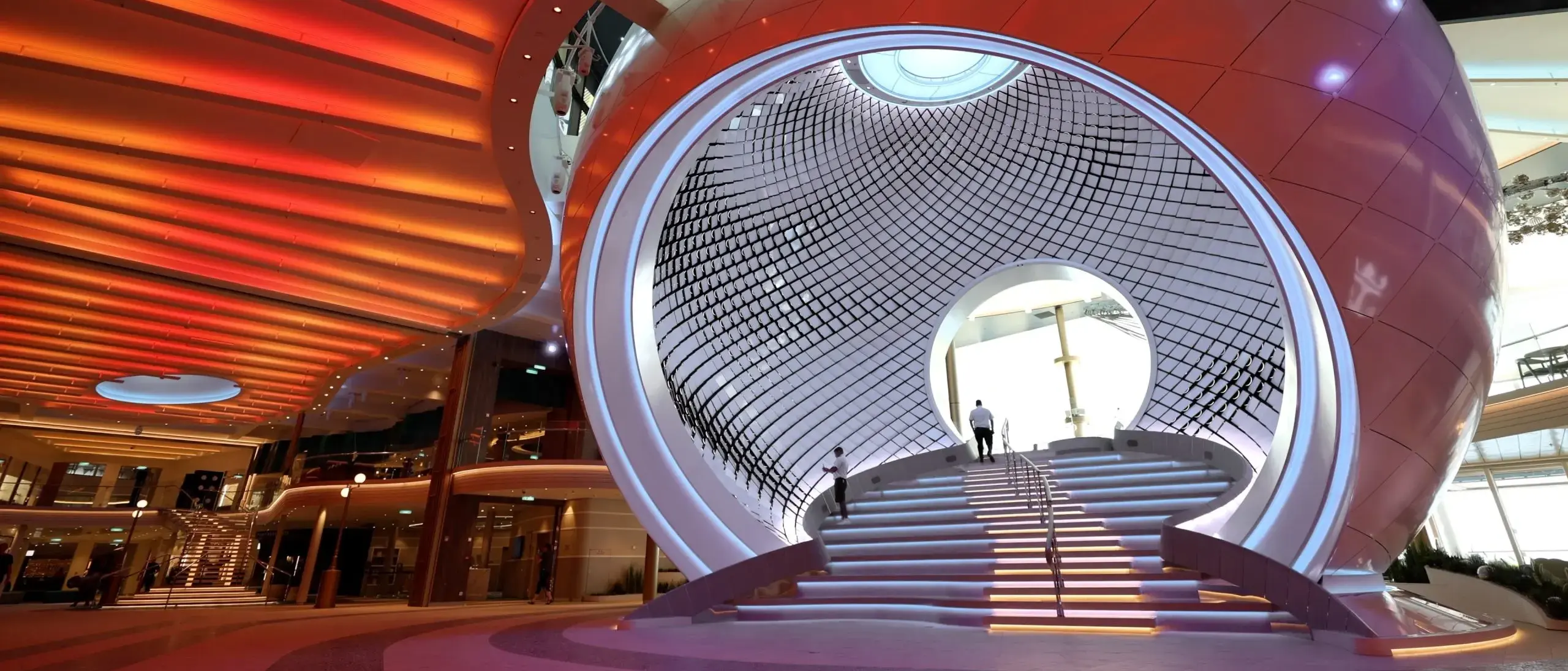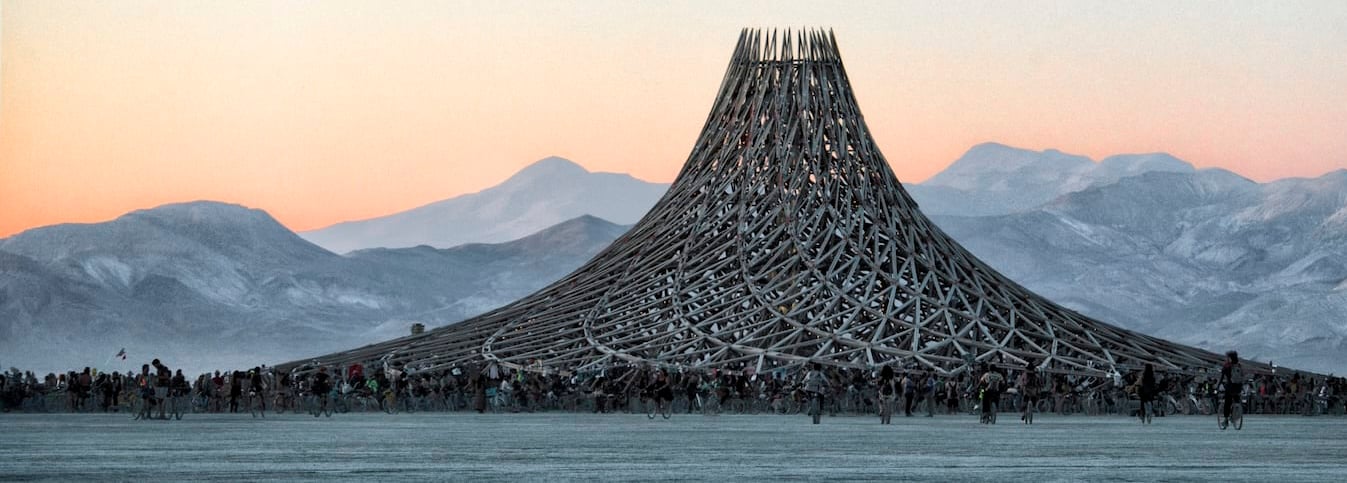The New Shoreline: Public Art on the Waterfront
Around the world, waterfronts once dominated by shipping, heavy industry, and infrastructure are being reimagined as vibrant public spaces, with public art playing a vital role in that transformation.
In North America, this shift is evident, where artists are turning formerly utilitarian shorelines into dynamic places of community, ecology, and cultural storytelling. Public art transforms these formerly utilitarian zones into dynamic places of community, ecology, and cultural storytelling.
Beken, by DeWitt Godfrey Studio, was commissioned for Alameda Waterfront Park, located on the historic Seaplane Lagoon where the China Clipper once launched. Inspired by lighthouses, buoys, and air control towers, its tapering form anchors the park’s main axes as a new civic landmark. The park is the first phase of redeveloping the former 1,560-acre Alameda Naval Air Station, transforming a long-underused site into a vibrant public space. Beken serves as both a gateway and a gathering point, symbolizing a renewed vision for community, orientation, and waterfront life.
Further East (and South) in Sarasota, Florida, the sculptural installation Portal, designed by Urban Conga, frames views of the bay from a newly developed park. The swinging bench becomes a resting point and social marker, particularly striking during the equinox, when the sun aligns perfectly within its circular form.
In Tampa, Andrea Polli’s BioBridge transforms the underside of a pedestrian bridge with motion-triggered LEDs that simulate the glow of bioluminescent bacteria. It brings attention to the invisible microbial life in Tampa Bay, transforming a neglected stretch of the Riverwalk into an engaging, educational corridor.

Biobridge by Morgan Barnard in Tampa, FL
Along the waterfront in Hamilton, part of the greater Toronto area, Sonic Runway—a temporary installation by Rob Jensen and Warren Trezevant—translates sound into light through a tunnel of LED-lit arches. As visitors walk through the 100-meter pathway, ambient sounds pulse through the structure in rhythmic waves of color. The effect reframes the post-industrial pier as a shared, multisensory experience.

Sonic Runway by Creos in Toronto, ON
In San Francisco, the India Basin Waterfront Park stands as a broader example of art integrated into infrastructural reclamation. This initiative is revitalizing a defunct shipyard into a 10-acre park along Bayview–Hunters Point, complete with community-driven installations like Nina Fabunmi’s Hypecourt on a resurfaced basketball court. India Basin Waterfront Park is one of only a few parks in the nation to be guided by an Equitable Development Plan (EDP) developed by the community with an emphasis on public access, social equity, resiliency, ecology, and restoration.

Hypecourt, Nina Fabunmi, India Basin Waterfront Park, San Francisco


This surge in waterfront art is no accident. A quick dive into the expansive CODAworx library reveals hundreds of projects engaging with shoreline environments—from monumental light bridges to intimate ecological sculptures. These projects point to a broader movement in public art: one that prioritizes accessibility, ecological awareness, and site-specific design. They show that transformation doesn’t always require massive redevelopment. Sometimes, a light, a sound, a story, or the gentle arc of a swing can reframe a landscape and invite new ways of seeing.
By activating the liminal spaces between city and shore, these works create more than destinations. They become bridges between histories, ecologies, and communities, reclaiming the waterfront as a shared and living edge.
Do you have news, stories, or projects to share? We’d love to hear from you—reach out to editor@codaworks.com
More from CODAzine
Subscribe to CODAzine
Relevant posts
Get Data and Insights from CODAreview
Related Posts
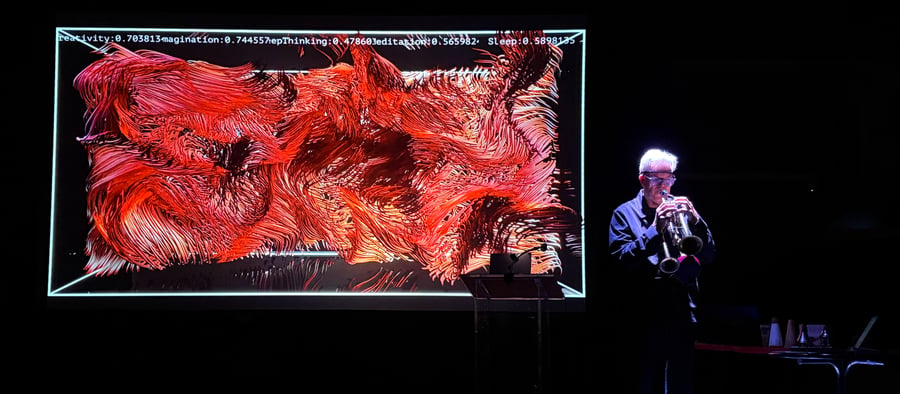
CODAsummit 2025 | The Power of Connection

Water as a Medium: Sculpting the Living Element
